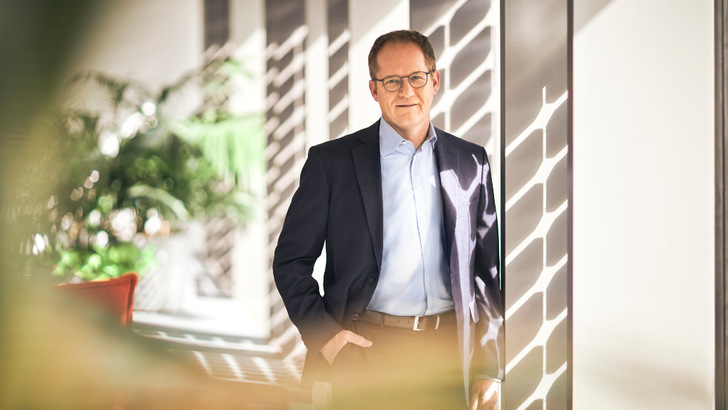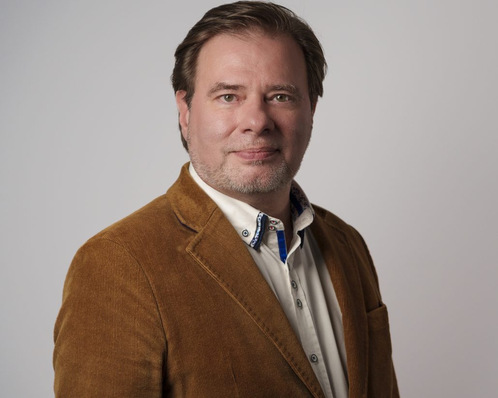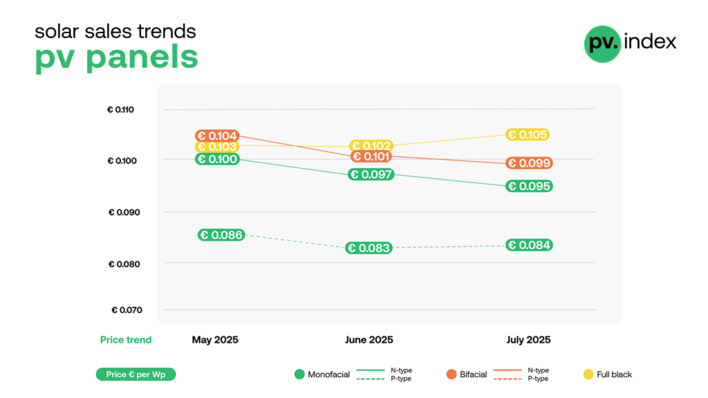Forty years of SMA - if that's not a reason to celebrate! When are you planning the big party?
Actually, we have a big summer party every year with several hundred SMA employees. Unfortunately, it will be cancelled this year due to Corona! Nevertheless, we want to celebrate the anniversary as it deserves to be celebrated: in a smaller format, with about a hundred guests from the political sphere, with important companions and customers.
How long have you been working at SMA?
I came to SMA ten years ago. Before that, I worked for twelve years in Sweden, for a supplier of inverters for drive technology. We had very friendly contacts with SMA back then. I held a similar position there as I do today. Around 80 to 90 per cent of the components and software were the same as in solar inverters. Both fields are very similar.
See also: Leaders of our industry: Jürgen Reinert of SMA
What is your personal retrospective on four decades of SMA, on a time that you have been helping to shape since 2011?
The history of the company has always interested me, because in the beginning it was real pioneering work. The founders of SMA were laughed at as green cranks in the 1980s. At the time, many people considered photovoltaics to be as sensible as growing pineapples in Alaska. Today, we are in a completely different position: as an industry and as a company.
SMA's development has accelerated over the years - just like the solar industry in general. How do you assess the early years?
The first phase outlines the first twenty years from 1981 to around the turn of the millennium. At that time, the company developed relatively slowly. It had four main pillars: photovoltaics, at that time still wind power, industrial computers and railway technology. The industrial computer division was later discontinued in favour of photovoltaics in order to bundle resources.
From 2000 onwards, government subsidies had an increasing impact, especially through the Renewable Energy Sources Act (EEG) ...
From 2000 onwards, SMA made important technological leaps, especially in the solar business. At the time, I followed the development from Sweden very closely. From 2000 to 2010, SMA's sales grew from less than 100 million euros to two billion euros.
This development was not straightforward. SMA also had to cope with all the ups and downs of the solar industry ...
That's true. It got harder from 2011 onwards. The German market crashed from 7.5 gigawatts to 1.5 gigawatts, the lowest level around 2015. Prices for inverters fell by ten to twenty per cent per year when Chinese manufacturers entered the market. Therefore, in 2014/2015 and 2018/2019, we had to deal with two tough phases of staff reductions and restructuring. Fortunately, we managed these difficult processes well and quickly.
How many employees does SMA have today?
Currently, there are just over 3,000 employees who turn over around 15 gigawatts of inverter output per year. In 2011, with about 6,000 employees, we only brought half of that into the market, about 7.5 gigawatts. This shows how necessary and correct the restructuring was. We had to reduce our staff. At the same time, new issues arose in the markets: Integration of storage units, PV diesel systems, charging technology for e-mobility or - brand new - Power2Gas.
Also interesting: Accelerate the integration of PV systems
How did you manage to cope with the tough cuts and still keep up with the demands of the solar markets?
Our employees have understood the necessities, because we have communicated this clearly and openly. Now, in times of new growth, some former employees are coming back to us. We have a very low turnover overall. That is helpful in finding new and good people. The solar industry has a good reputation again, as does SMA as an employer. That is helpful in finding new and good people. We combine quality, high durability of our products and innovations.
Which innovations from SMA do you see as groundbreaking for the solar industry?
In 1995, SMA developed string technology and equipped the Sunny Boy 700 with it. This allowed installers to wire the modules much better and faster, eliminated numerous sources of error in the systems and made commissioning easier. The string technology made the widespread use of photovoltaics possible in the first place.
What other milestones does SMA's history offer?
In 2002, we introduced multistring technology, several strings controlled by one inverter. In 2005 came scalable off-grid systems for off-grid regions. This developed into our solutions for PV diesel hybrid systems by 2013, with which we were and are very successful. In 2006, SMA introduced central inverters for large-scale systems. At that time, they had a capacity of 250 kilowatts. Today we are at almost five megawatts. That is a twenty-fold increase, a very rapid development in this segment. (mfo)
The interview was conducted and abridged by Heiko Schwarzburger. The full version is available in German in the August print edition of photovoltaics.








